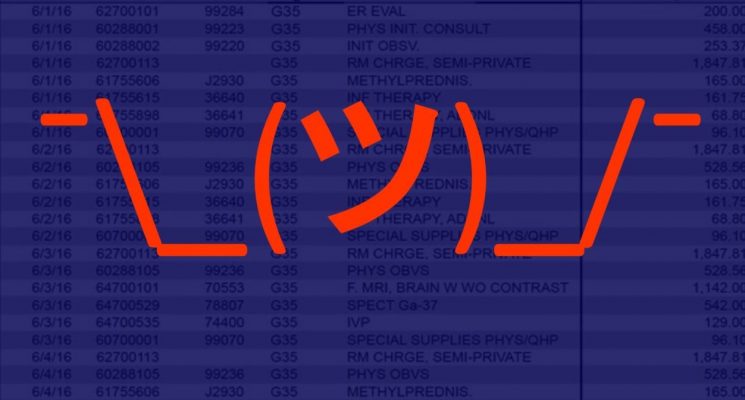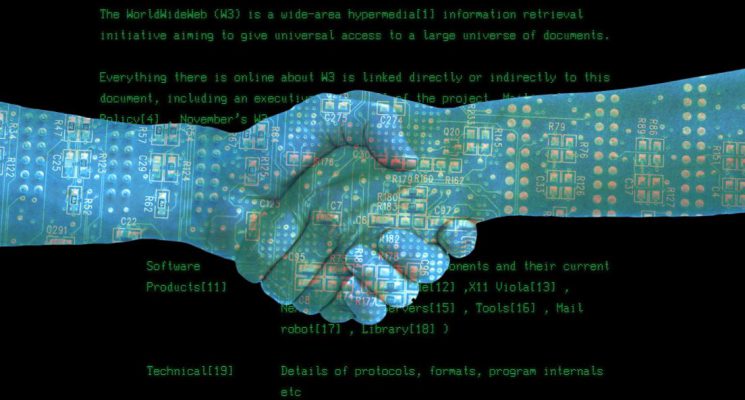The 3 Top Reasons Why Your Hospital Bill Is So Confusing
Healthcare
It’s no secret that we have a pricing issue in healthcare. The U.S. healthcare spending was $2.7 trillion in 2011 and is expected to reach 20% of our GDP by 2020 if this trend continues. We spend twice as much per capita on healthcare in this country, but ironically our health ranks among the worst in the world. For us, the baffling reality is that the high cost of healthcare in no way means that we are healthy.
When we break down our cost and quality issues in healthcare, we find that the experience for patients trying to navigate the maze of the health system is a micro version of the macro problem. It’s confusing, and it seems that there is no relationship of the cost of services and their quality.
Why? Our best intentions say that the average consumer has the tools they need to gain some visibility into pricing of healthcare services, but unfortunately there are some big obstacles that make this difficult.
1. Different patients and payers are charged different prices for the same services. Each hospital assigns a price to each service in what’s known as a “chargemaster.” This is a price list for each and every service and supply a hospital provides. The chargemaster is something very few people inside a hospital have visibility into, let alone consumers trying to navigate the health system. Oh, and we should mention that a chargemaster could contain 20,000 services and supplies; scrutinizing price lists is not easy for the average person. Insurance companies negotiate these list rates down for their “in network” providers. These discounts are usually related to how much buying power the payer has, and these discounts tend to be buried in private contracts. A patient who is uninsured or out of-network does not get the same negotiated discount on services that would be afforded to a patient who is insured and in-network.
2. Prices for the same services can vary significantly from hospital to hospital. Can you imagine 2 car dealerships each selling a Honda Civic, where the price at one dealership is $18k, yet the price at the other dealership is $100k? Well, this is exactly what happens in healthcare right now. The difference between prices for the same procedure can be upwards of 800%, and the price difference is in no way indicative of a higher-quality surgery.
Consider a few real examples:
- A report from the Healthcare Financial Management Association cited estimates between $33,000 and $101,000 for a knee replacement when several dozen health providers were asked by the US Government Accountability Office.
- The cost for a hip replacement can range between $11,100 and $125,798.
- An appendectomy can cost anywhere between $1,529 and $186,990.
- A basic health care plan available under the ACA can cover most, but not all health expenses. According to George Washington University, an appendectomy could mean anywhere between $458 and $56,000 in patient out-of-pocket expenses.
- Cotton swabs or x-rays can be marked up by 400%.
3. Even if you shop around, you can still get a surprise bill. If you have ever needed a trip to the emergency room, chances are your wallet may have taken a hit. A recent Yale study found that 1 in 4 emergency room visits to an in-network hospital resulted in surprise billing to consumers for an out-of-network doctor. That’s right—your in-network hospital can bill you for out-of-network doctors. This could be for an anesthesiologist, a radiologist, or a doctor who is helping your in-network surgeon, and involvement of any of these individuals on your care team could end up on a surprise bill once you’re discharged.
The reality: price transparency in healthcare is murky at best. The Catalyst for Payment Reform gave 43 states an “F” grade for price transparency in health care. You can see how your state stacks up here: Report Card on State Transparency Laws
Health Transparency Grade, By State

Source: 2016 Report Card on State Transparency Laws
How employers can help. Employers are footing $640 billion of the healthcare bill in the U.S.; we have the buying power and leverage to have a say as to where this money is going. The lack of healthcare price transparency makes it a challenge for people trying to navigate the healthcare system, but employers can use strategies to control the source of healthcare costs. Stay tuned for my part II of this post, where we will explore these strategies in detail.
* * *
BetaXAnalytics partners with employers to use the power of their health data “for good” to improve the cost and quality of their health care. By combining PhD-level expertise with the latest technology, they help employers to become savvy health consumers, to save health dollars and to better target health interventions to keep employees well. For more insights on using data to drive healthcare, pharmacy and wellbeing decisions, follow BetaXAnalytics on Twitter @betaxanalytics, Facebook @bxanalytics and LinkedIn at BetaXAnalytics.


